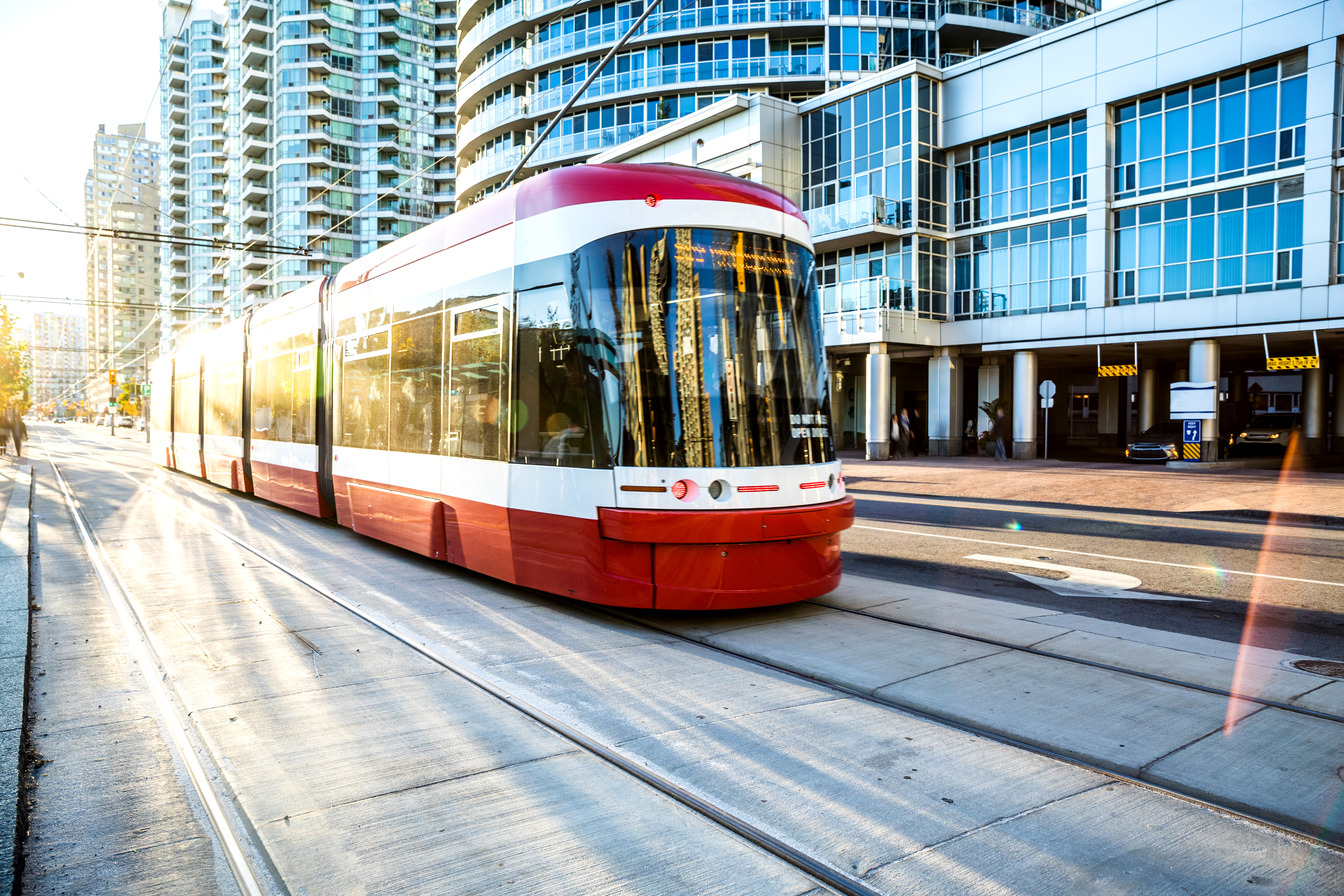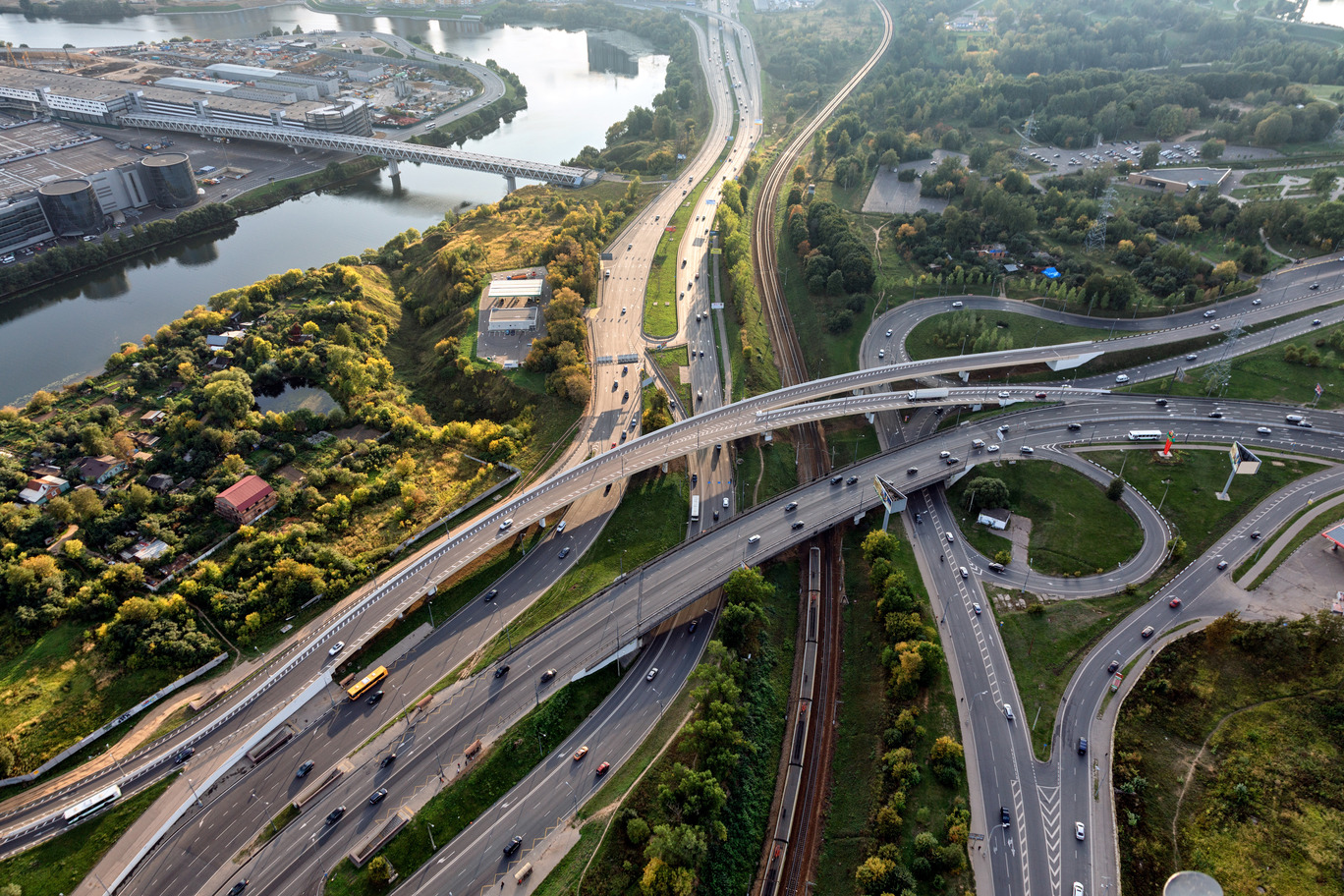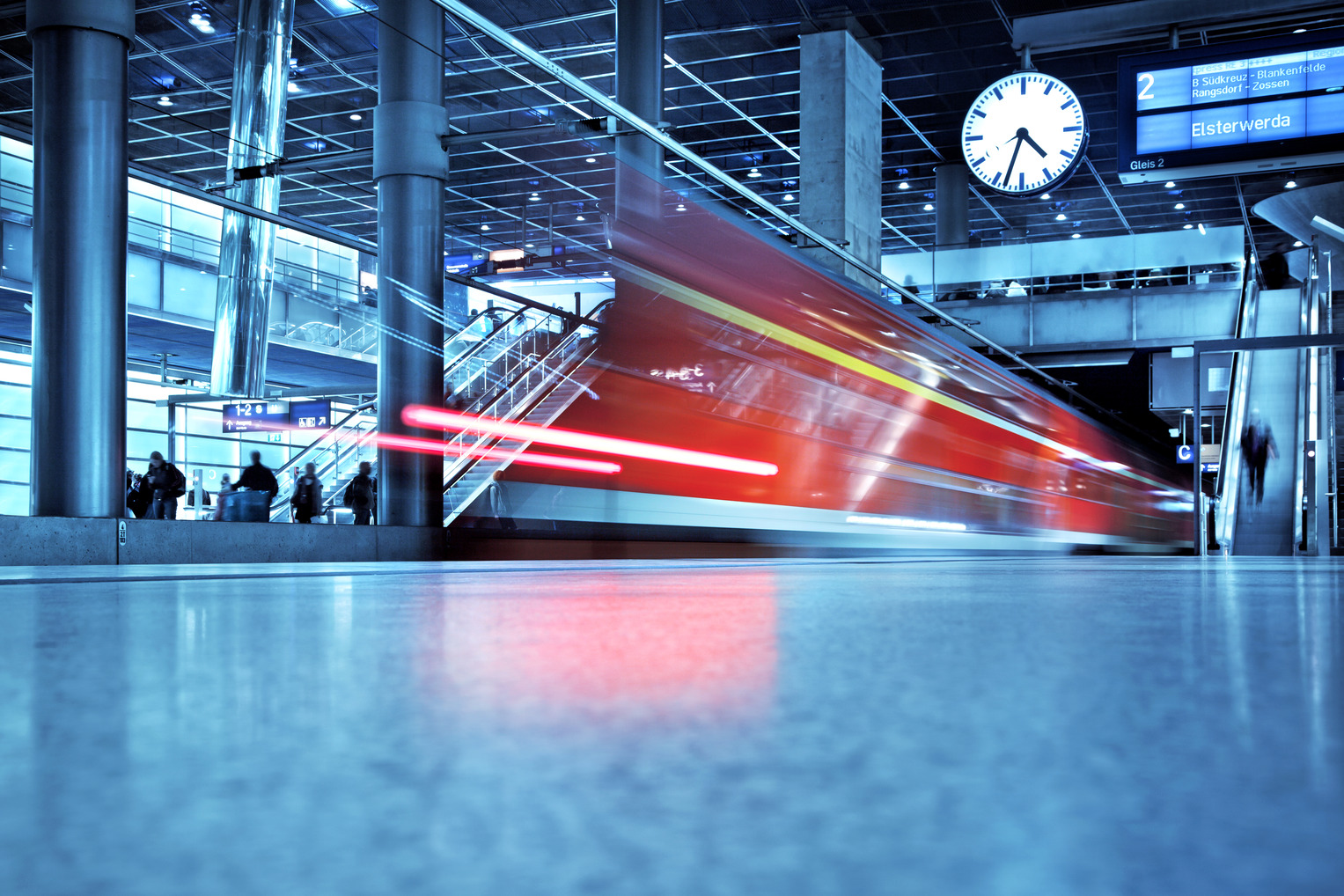Mahmoud El-Banna, Head of Digital Industries Sales for Middle East, Africa and India at Nokia, broadens our reach on the digital future of the railways…
Can you provide an overview of Nokia and the range of solutions you offer for the rail industry?
At Nokia, we create technology that helps the world act together. We are a B2B technology leader that realises the potential of digital transformation in each mission-critical industry. Nokia is a global leader in supplying ICT solutions to railways, with over 140 customer references.
The railways industry is undergoing an unprecedented transformation wave aiming to digitalise railways operations for safer operations, cost-efficient infrastructure, and seamless passenger experience. For decades, Nokia has been a pivotal player in the railways industry, supplying mission-critical ICT solutions to multiple railways customers worldwide. As the industry opts for more transformative operational models and introduction of revolutionary use cases, Nokia is at the forefront of developing digital ICT infrastructure for the next-generation railways, including 5G/FRMCS, robust network infrastructure through IP/Optical networks, providing the foundation of data centre fabric and wrapping our ICT infrastructure with state-of-the-art cybersecurity measures.
How does Nokia leverage technology and innovation to improve railway operations and efficiency?
Nokia railway ICT solutions help mainline and metro-urban operators use the power of Industry 4.0 to achieve operational excellence, improve safety and security, enhance the passenger experience, and reduce carbon emissions. The railway industry is in the middle of a renaissance – a digitalisation wave aimed at making railways the preferred mode of transportation for passengers and freight. The digitalisation of railway operations will enable faster, safer, and more efficient rail travel while offering the best passenger experience. The foundation of this digital transformation initiative is a combination of mission-critical control, communications and signalling infrastructure, digital applications, and critical subsystems.

Nokia offers innovative solutions for the digital transformation of railways — supporting new, smart railway applications without compromising current ones. Our integrated railway solutions help railways to successfully transform their operations to take advantage of the digital opportunity:
- Delivering more for their passengers and communities,
- Ensuring efficient,
- On-time operations, and
- Maintaining round-the-clock safety and security.
What specific challenges or pain points in the rail industry do your solutions address?
The railways industry considers passenger safety, experience, and timely transportation as key performance indicators (KPIs). The industry currently faces challenges in fulfilling these KPIs to the maximum possible. Safety relies heavily on deploying the latest technologies in the signalling domain supported by a mission-critical broadband infrastructure to attain the newest safety measures for the rail industry. Passenger experience onboard the train is becoming increasingly important to attract more customers hence the need to have broadband connectivity onboard the train so customers can engage with their day-to-day mandate, whether for work, life, or entertainment purposes.
The train transportation journey is becoming an essential part of all citizens’ lives, hence the need to make the journey timely without any delays. Some Railways organisations are looking at achieving a cumulative delay of 3 seconds per year which is amazing and sets the benchmark so high for the industry in that sense. Mission-critical broadband connectivity will make this possible by introducing the necessary reliability and continuous operations, making the train journey timely without delays.
The deployment of reliable and mission-critical ICT infrastructure is at the heart of addressing the main challenges for railways organisations.
What role do data analytics and IoT play in optimising rail operations and maintenance?
Data analytics and IoT play a significant role in optimising rail operations and maintenance. It enables the rail industry to take advantage of advanced communications systems to increase safety, cut operating costs and improve the experience for rail passengers as operators evolve into digital railways. From smarter and safer rail crossing to predictive maintenance of trackside assets to augmented reality-enabled maintenance, the modern railway has the potential to transform its operations from end to end by embracing IoT sensors, machine learning and AI-driven analytics.

The Nokia railway solution helps operators securely bring all their data together, using a single converged connectivity solution that integrates edge computing, IoT management and analytics in a powerful foundation for the digital transformation of their operations.
How does Nokia support the transition towards digital railways and the integration of smart technologies?
Nokia has been supplying ICT solutions to railways for a couple of decades already. We deeply understand this industry and the underlying challenges and opportunities. We have thousands of experts globally trained to operate according to the required skillset and safety standards for the railways’ industry.
Digitalisation comes with immense improvement opportunities across several pillars of the railways industry. Digital transformation is, however, a journey, not a destination. It needs to be planned carefully with clear starting and ending points. The transition must be planned very carefully from the current legacy mode of operation to the new digital infrastructure.
Nokia’s experience ranges from consulting our clients on the best solutions for developing their digital infrastructure. This is until all services have been migrated from the current infrastructure to the upgraded digital platform. The journey continues afterwards to support our customers in seamlessly integrating further applications. This will enhance their operational efficiency, offering the highest possible passenger experience.
Nokia is engaged with multiple railways organisations globally on their digital transformation plans and how technologies such as 5G/FRMCS, mission-critical IP-MPLS, Cyber security and data centre fabric are key to their future evolution plans.
What is Nokia’s vision for the rail industry’s future, and how do you plan to contribute to its evolution and advancement?
The Future Railway Mobile Communication System (FRMCS) is set to replace GSM-R as the single global standard for railway communications in the future. This migration is led by the European Rail Association (ERA) and UIC, the International Union of Railways and 3GPP technologies; 5G will be the foundational technology to meet railway operators’ connectivity needs.

For the railway industry, the benefits of 5G include enhanced safety, improved operational efficiency and innovative passenger services. This will, in turn, help them achieve further digitisation to make the railway more competitive. 5G offers high speed, security, and capacity to support passenger connectivity needs, as well as safety-critical operational applications such as train signalling and safety-related application like CCTV and onboard communications.
While the migration period will run over several years, with GSM-R and FRMCS running in parallel, rail operators are advised to start planning early and modernise their existing GSM-R networks by introducing IP technology like in the transmission networks for FRMCS to ensure they are prepared for a parallel rollout of 5G for railways starting in the future.
Furthermore, Nokia will continue investing in the long-term partnerships established in the rail industry with the different ecosystem players to ensure the deployment of pre-tested solutions seamlessly in the environment of any railways organisation.
As countries across the globe and the African continent, move towards Industry 4.0 transformation, 5G is expected to become the dominant technology for vertical markets. It will allow rail operators to use automation more, cut costs, remove human error and promote greater safety. With its high speed, high capacity, and low latency, 5G paves the way for rail operators to move into a new era of automated operations and improve customer service as they embrace digitalisation.

